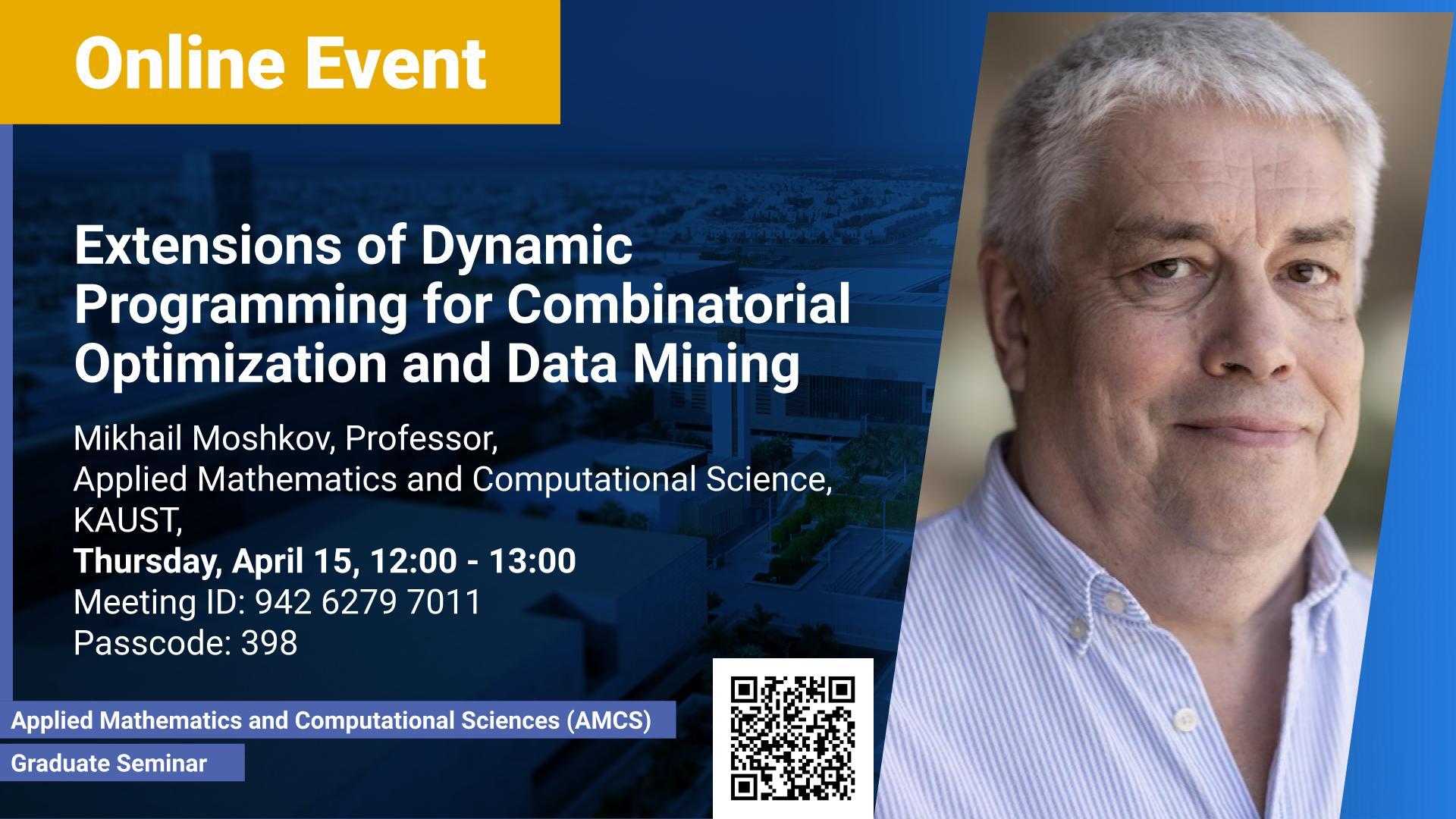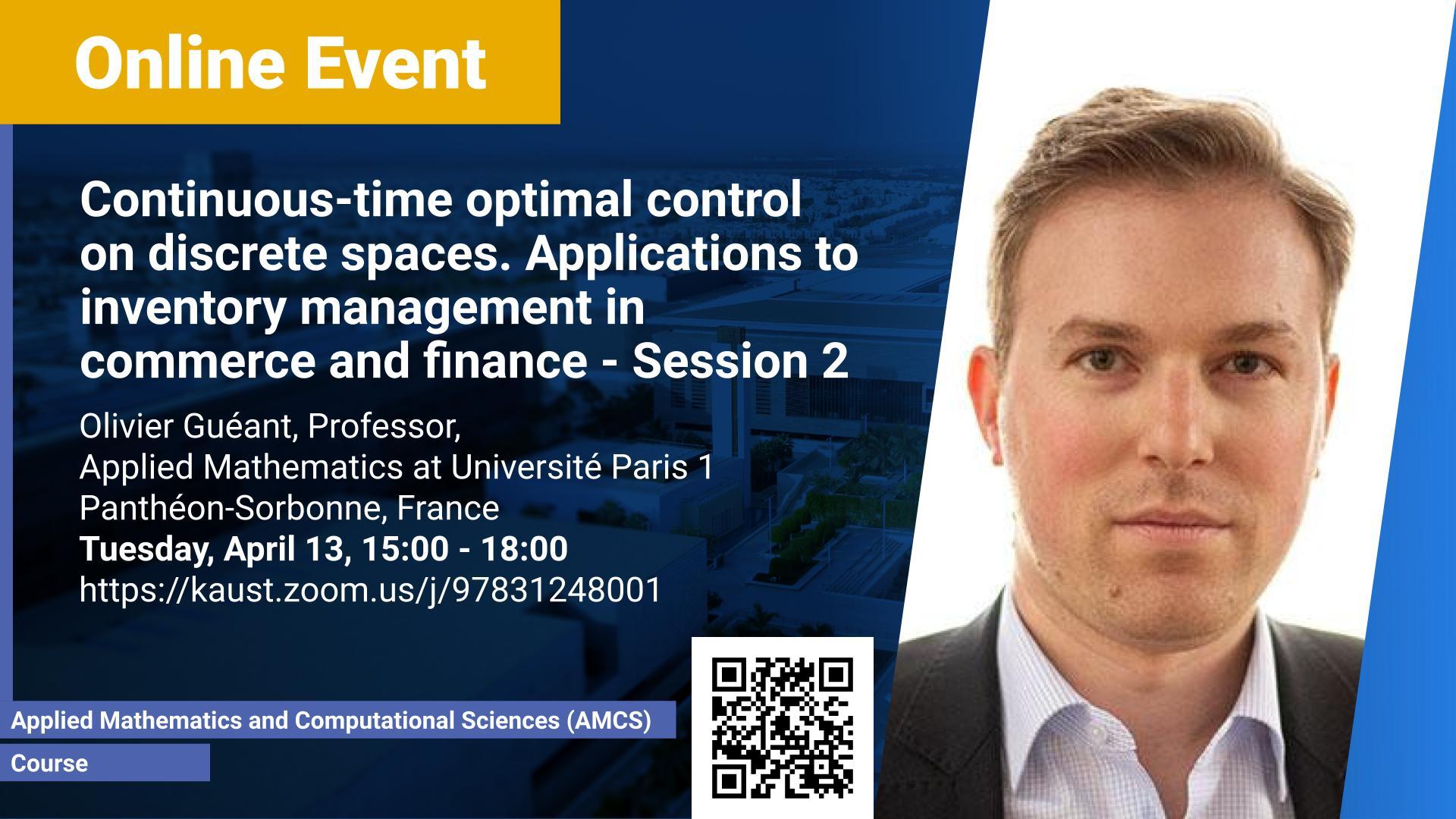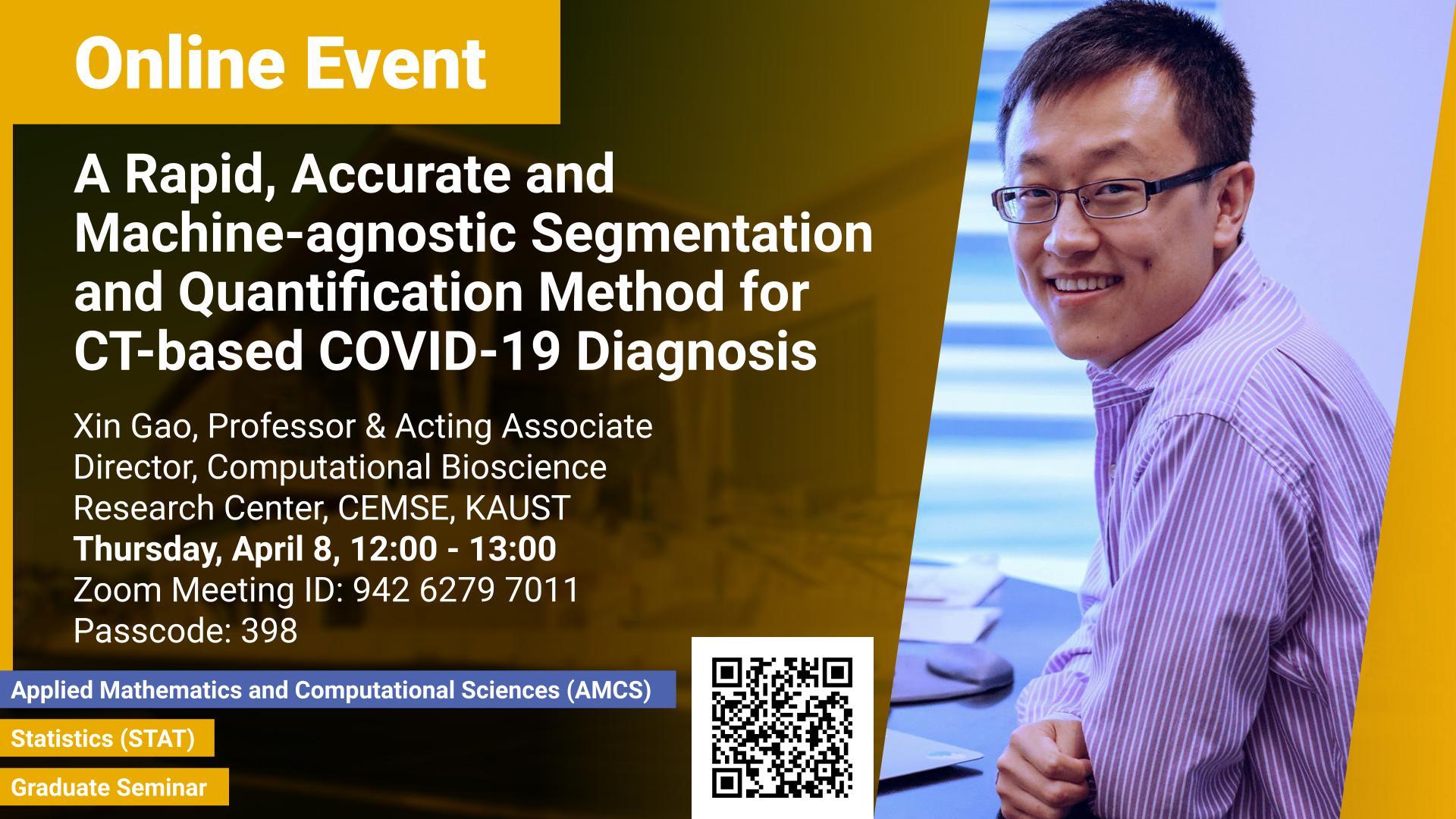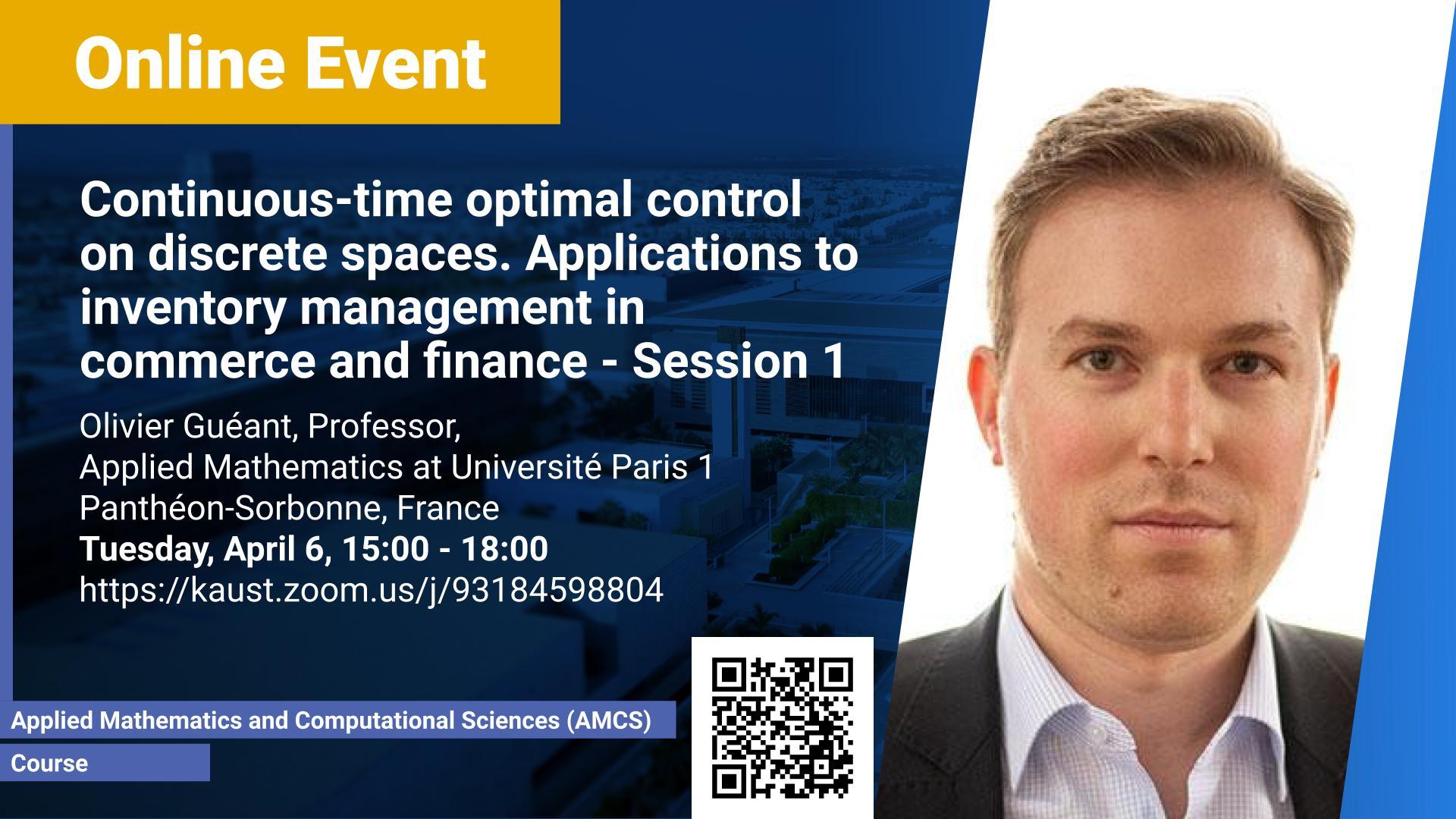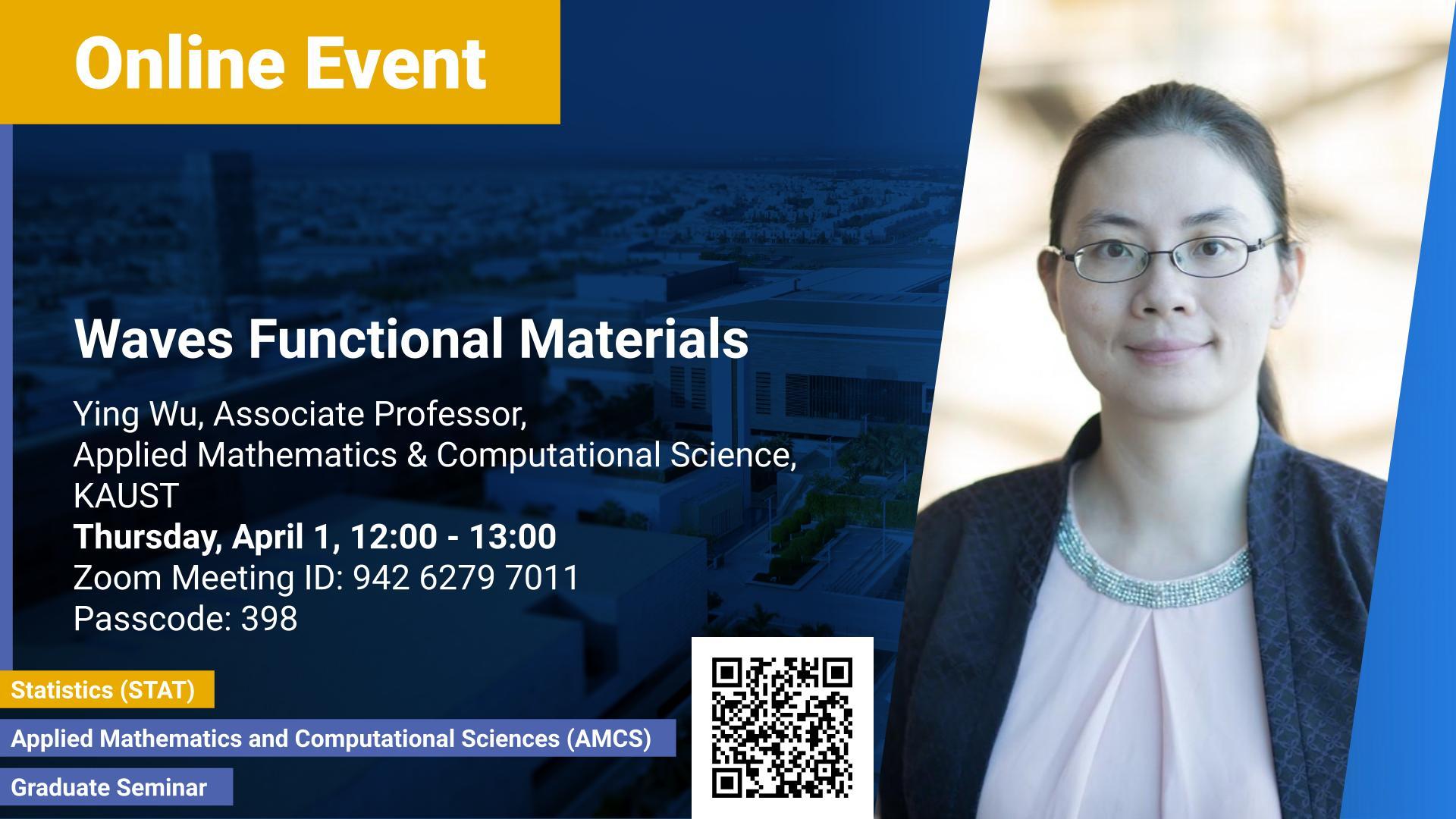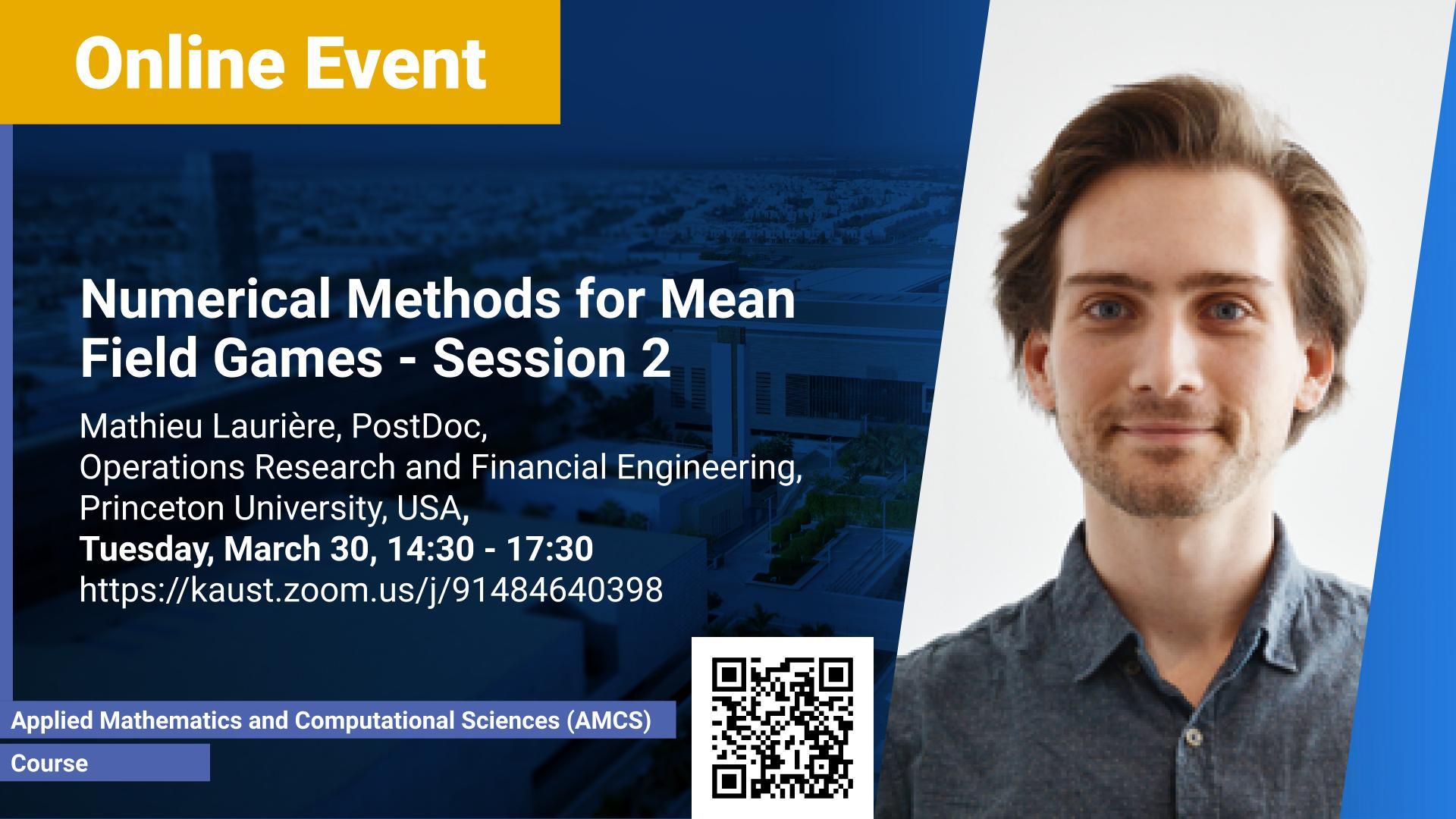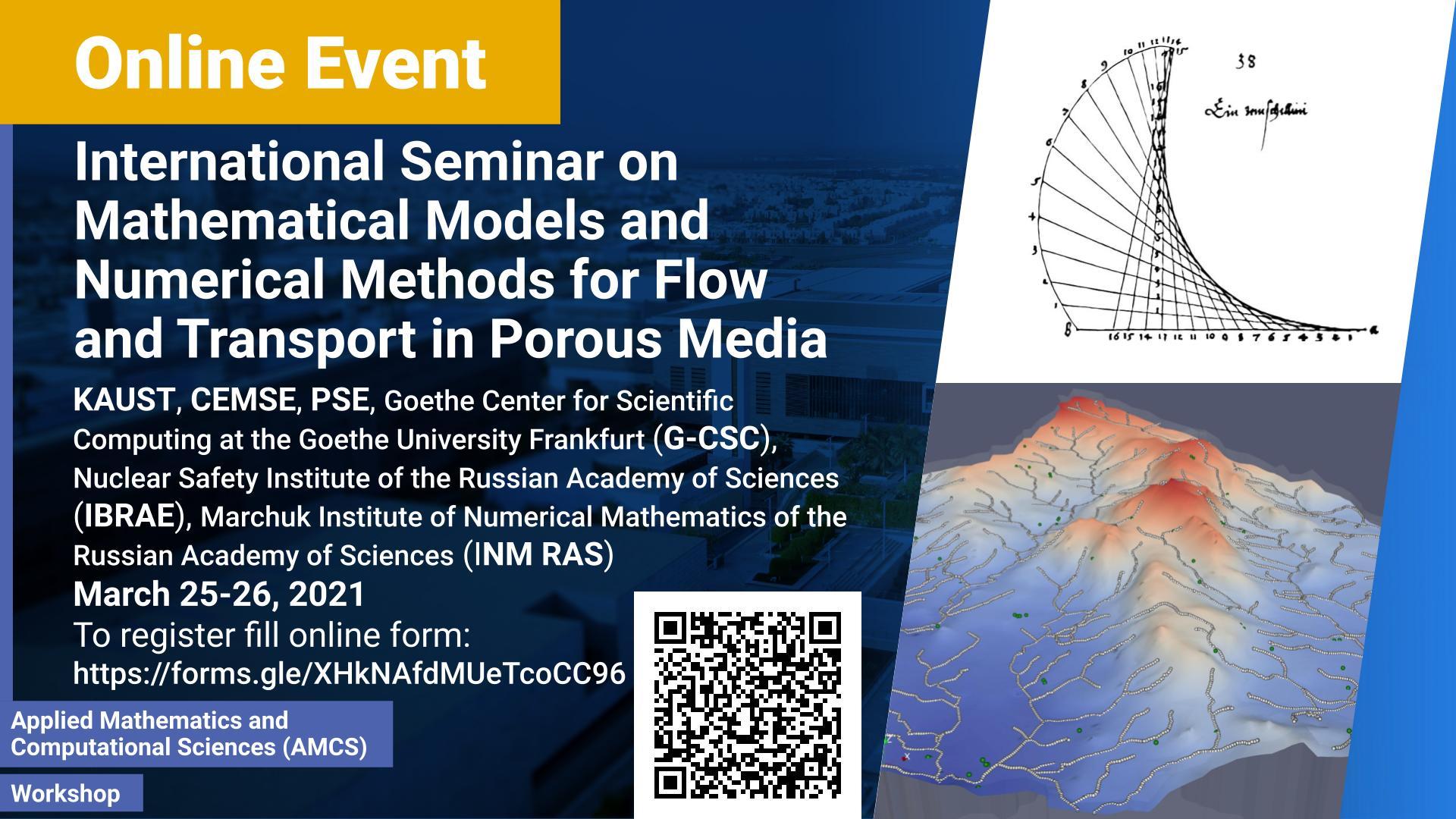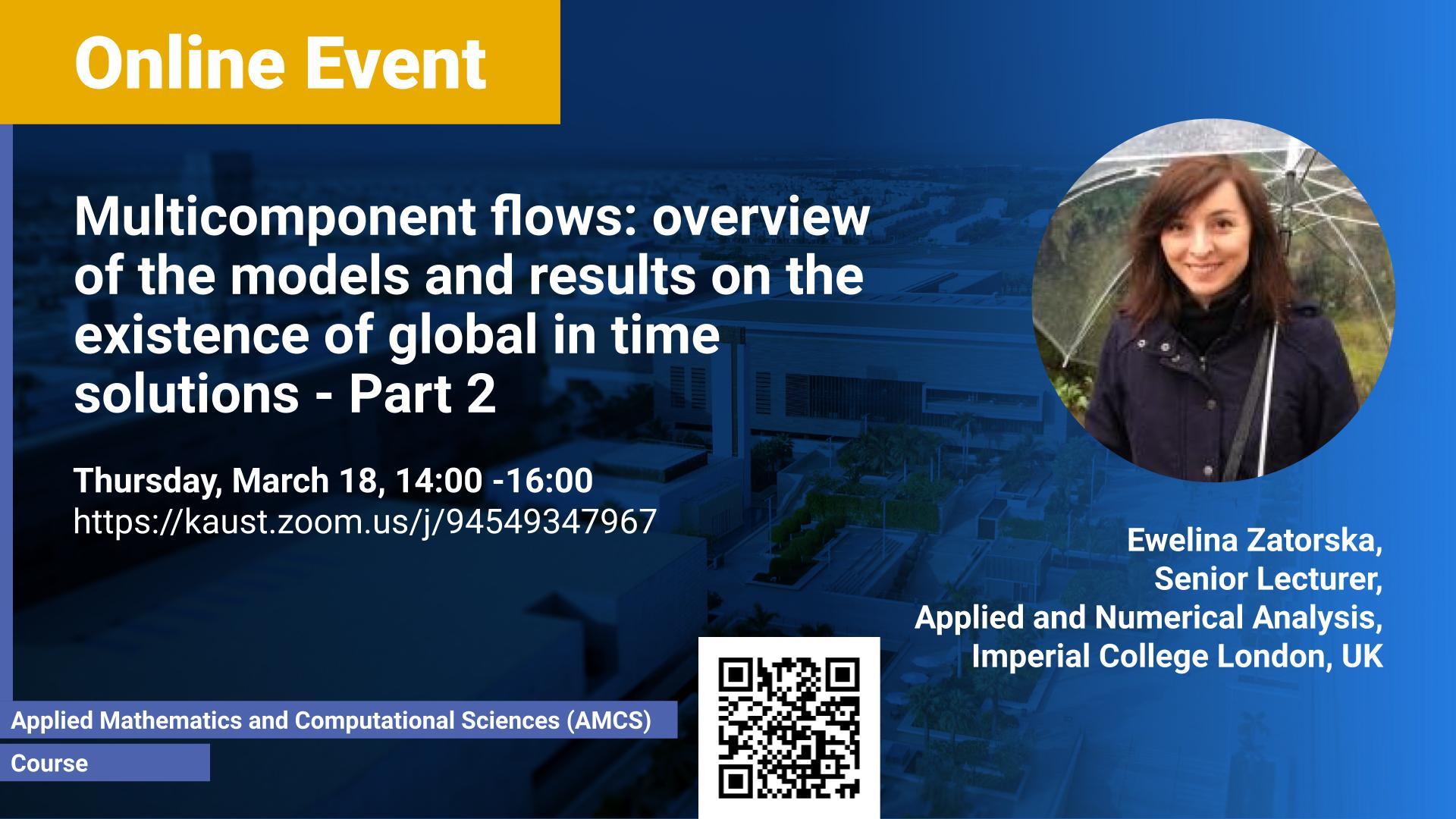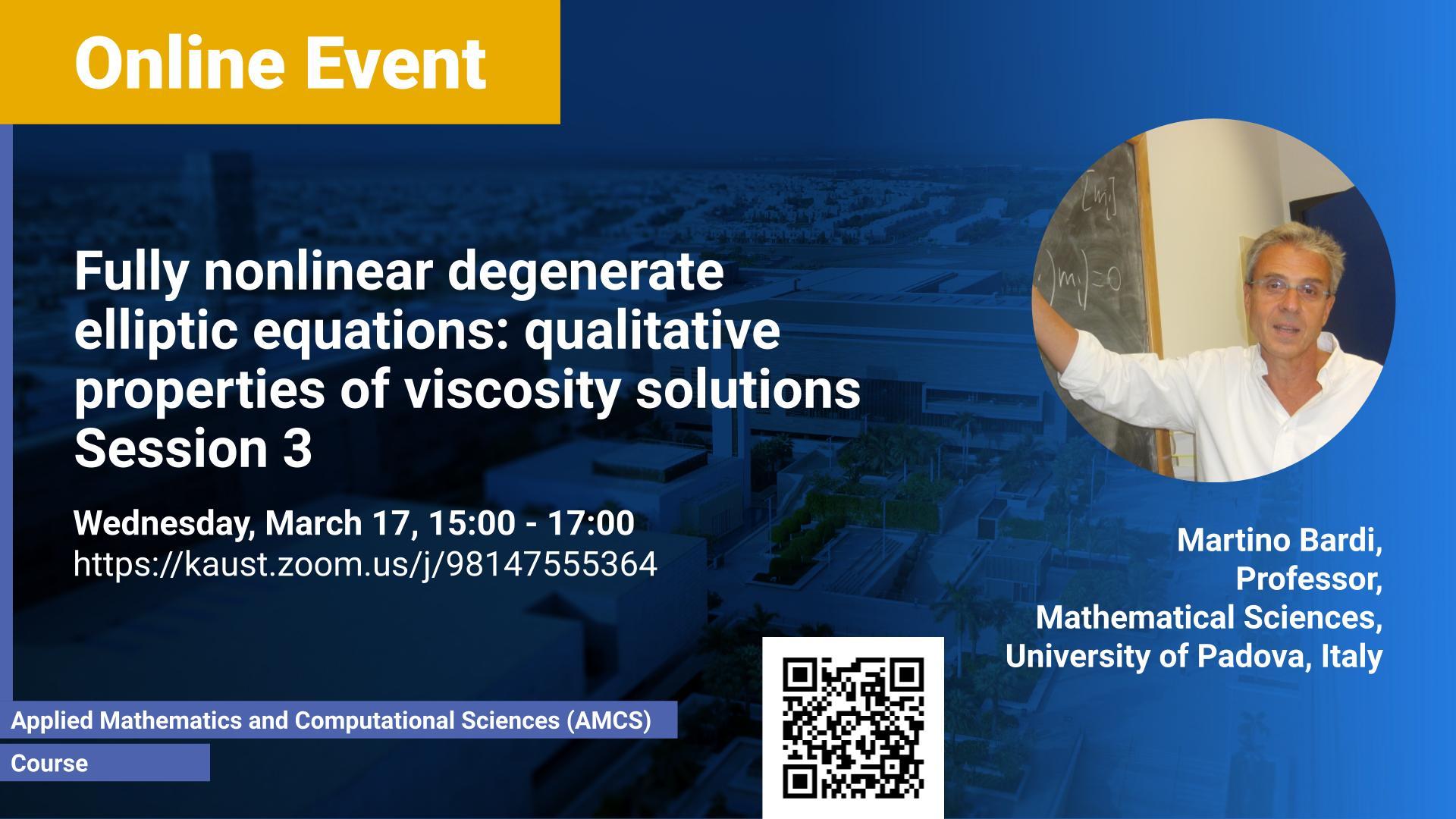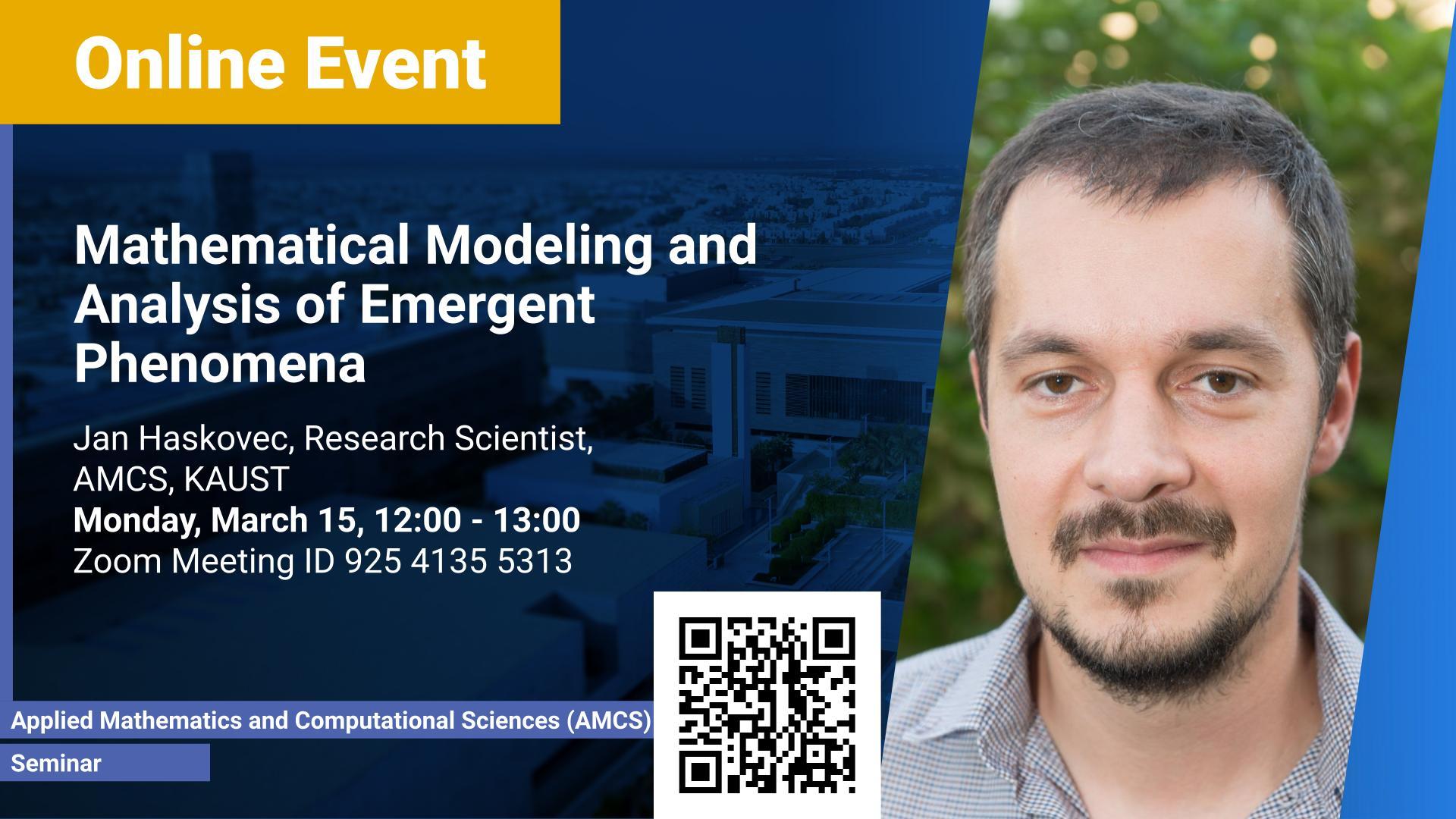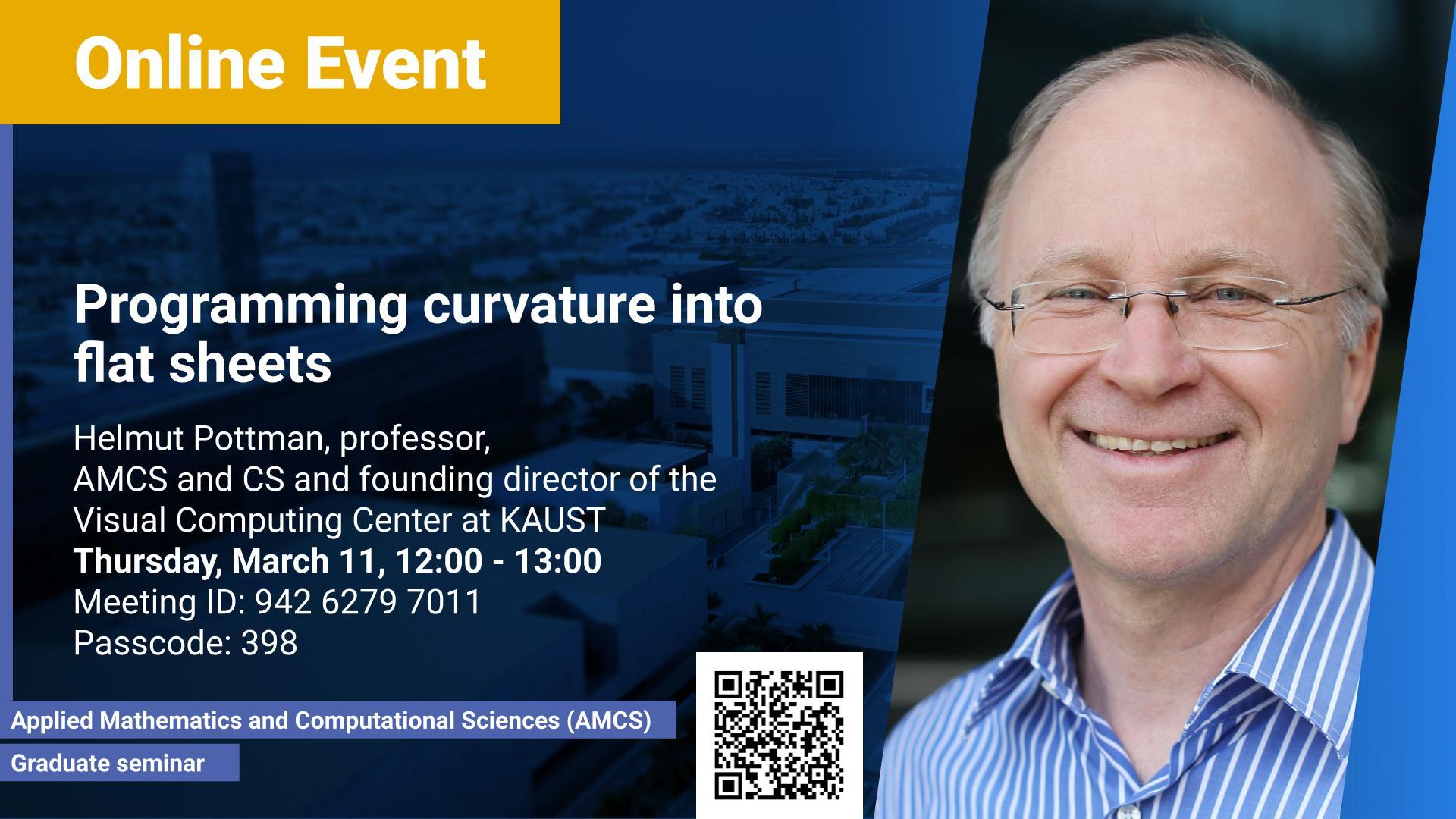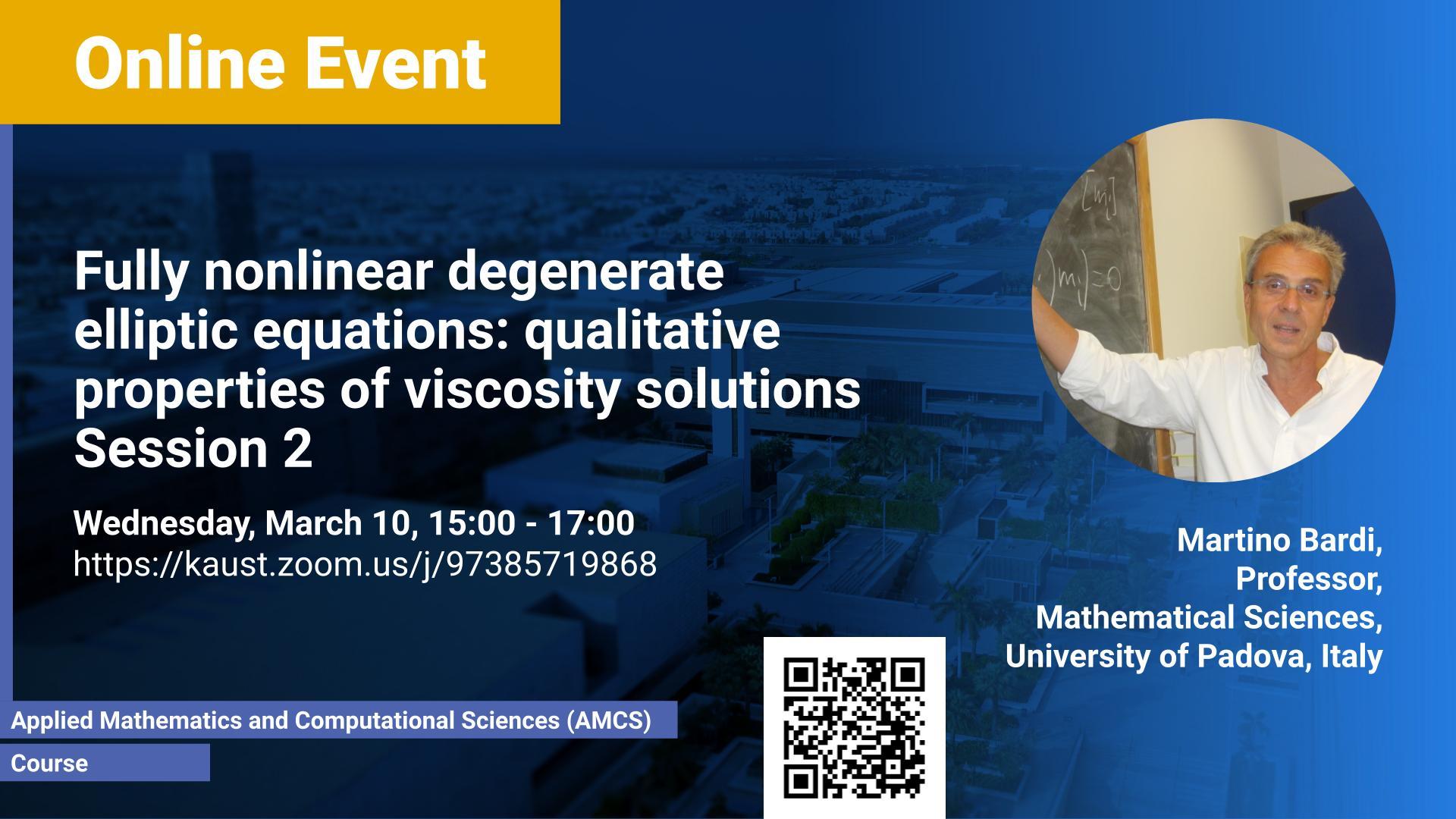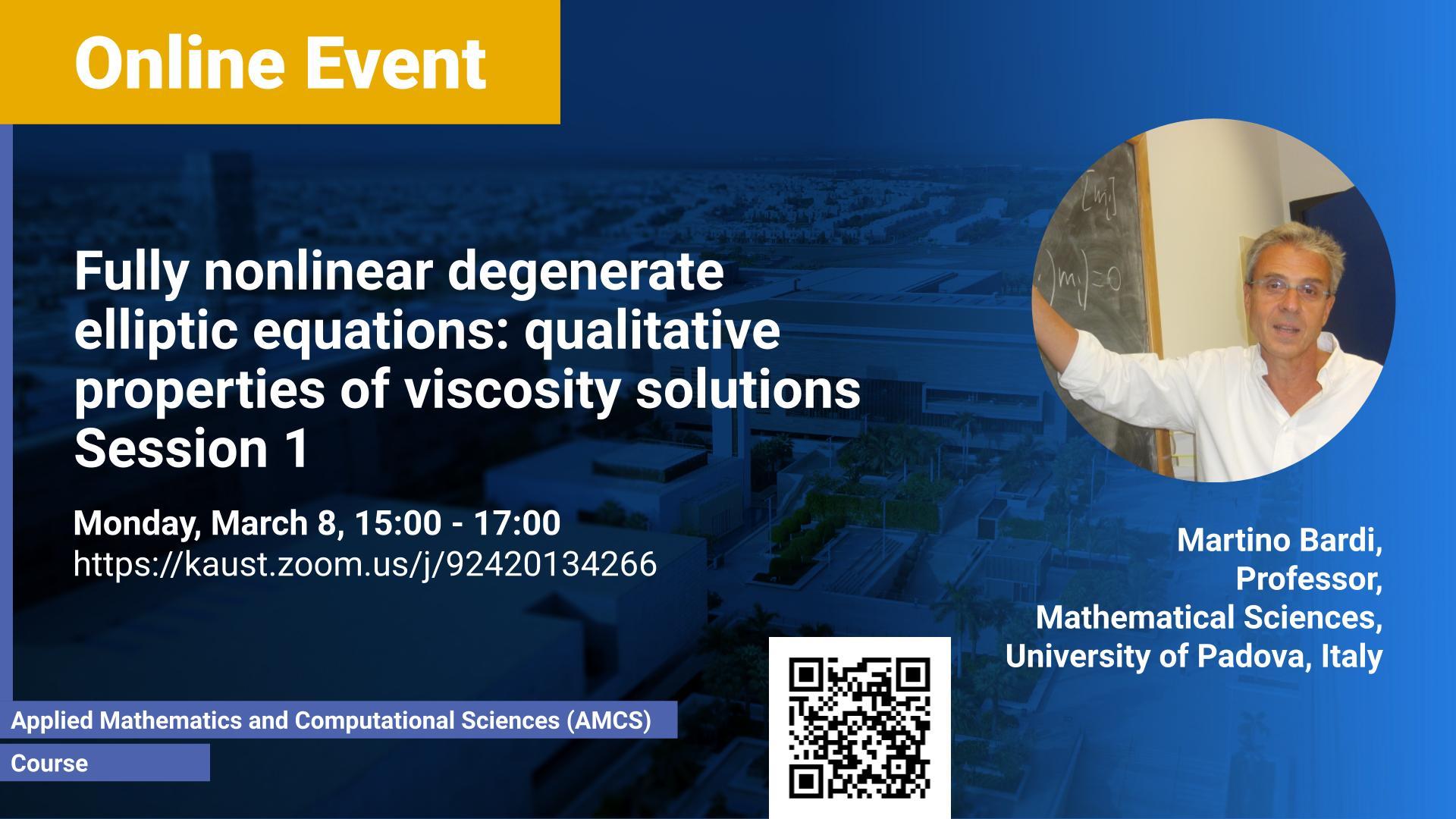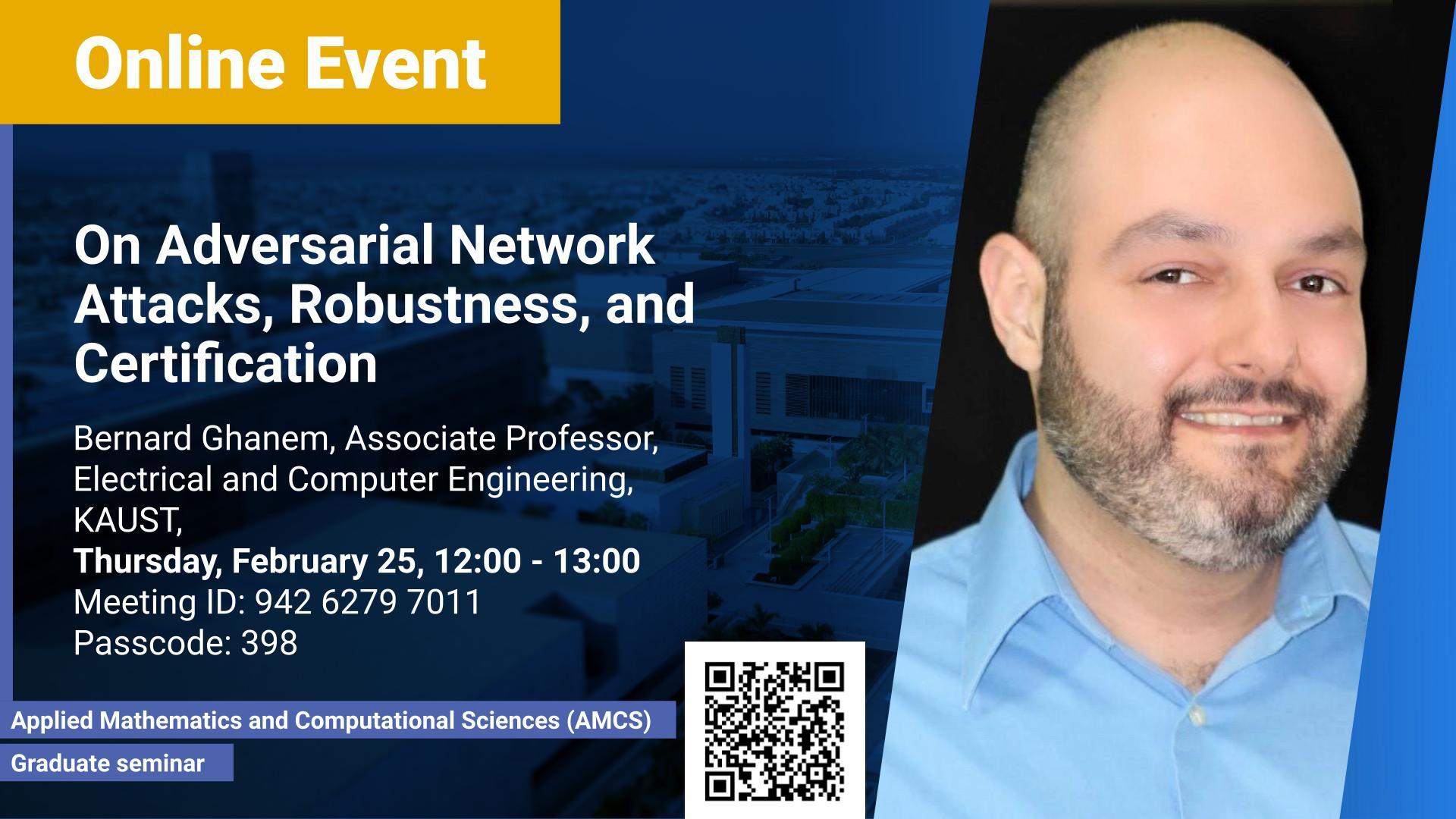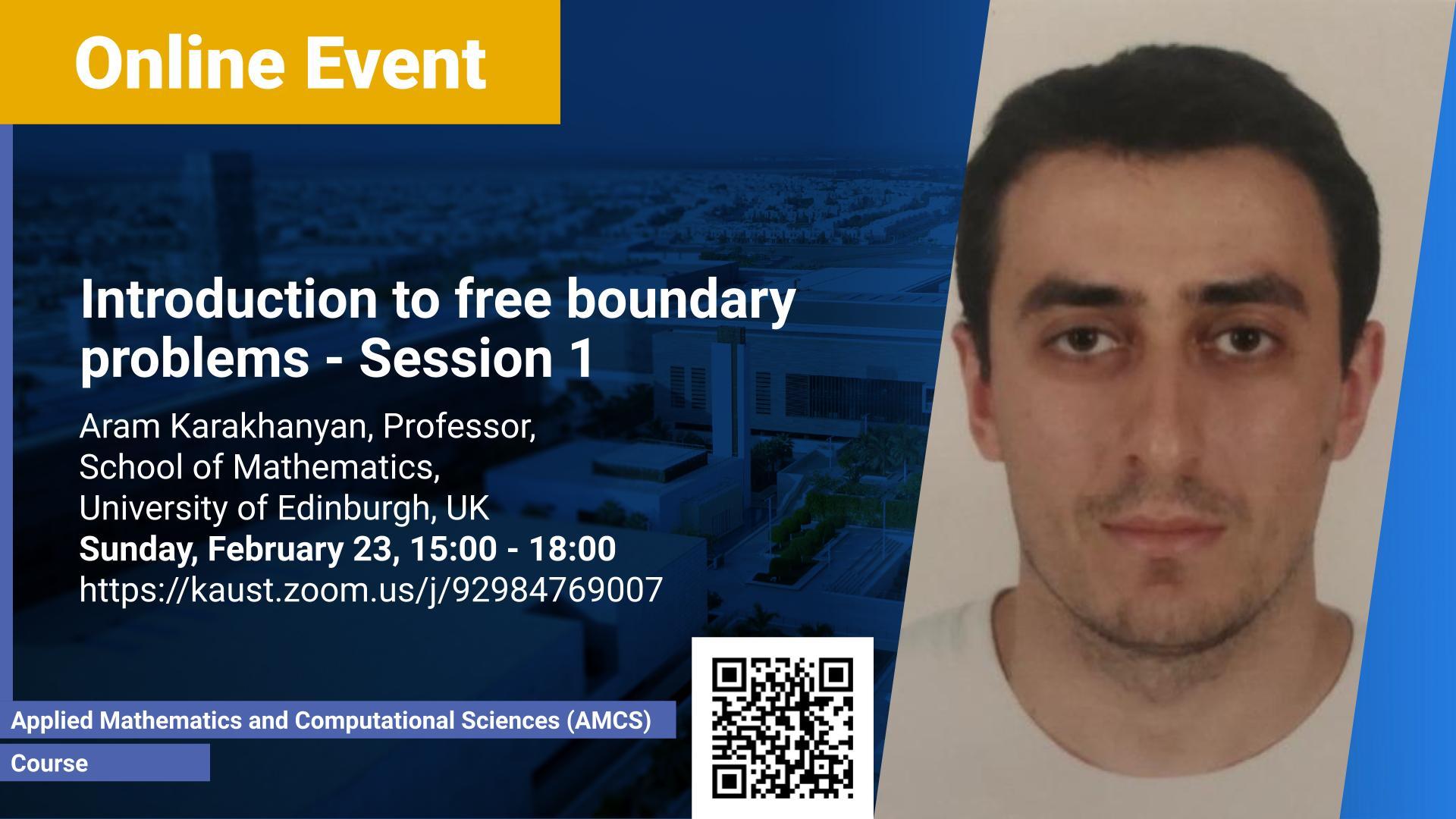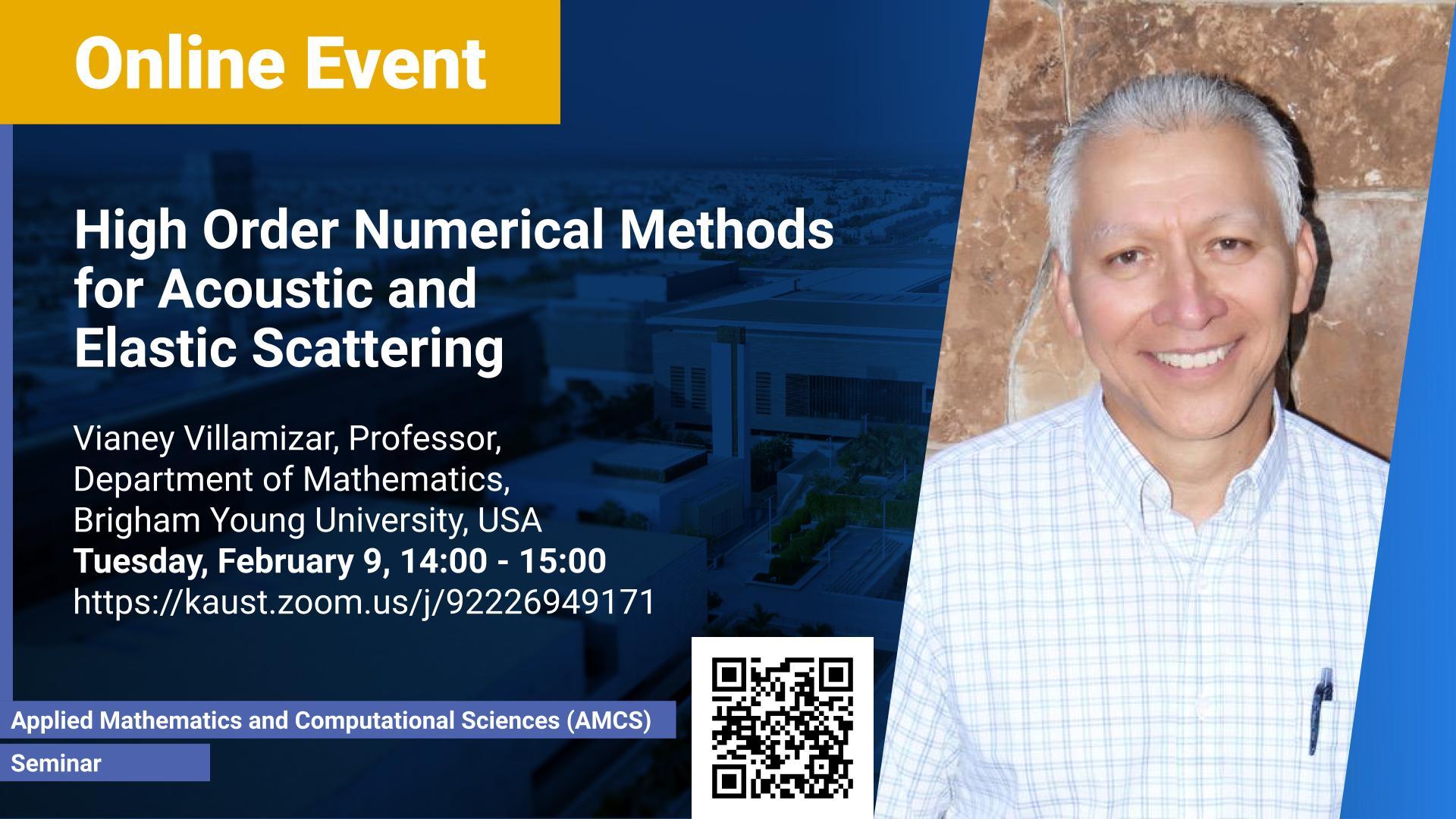Thursday, April 15, 2021, 12:00
- 13:00
KAUST
Contact Person
Dynamic programming is an efficient technique to solve optimization problems. It is based on decomposing the initial problem into simpler ones and solving these sub-problems beginning from the simplest ones. A conventional dynamic programming algorithm returns an optimal object from a given set of objects. We developed extensions of dynamic programming which allow us (i) to describe the set of objects under consideration, (ii) to perform a multi-stage optimization of objects relative to different criteria, (iii) to count the number of optimal objects, (iv) to find the set of Pareto optimal points for the bi-criteria optimization problem, and (v) to study the relationships between two criteria. The considered applications include optimization of decision trees and decision rule systems as algorithms for problem-solving, as ways for knowledge representation, and as classifiers, optimization of element partition trees for rectangular meshes which are used in finite element methods for solving PDEs, and multi-stage optimization for such classic combinatorial optimization problems as matrix chain multiplication, binary search trees, global sequence alignment, and shortest paths.
